|
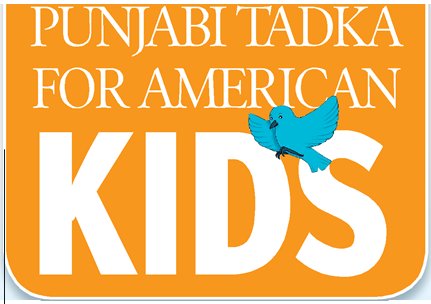 US-Based Publisher Of US-Based Publisher Of
Children's Books,
Gurmeet Kaur
Has Come Out With A Set Of Five
Board Books Of Punjabi Folklore
[email protected]
The Times of India, Chandigarh="">
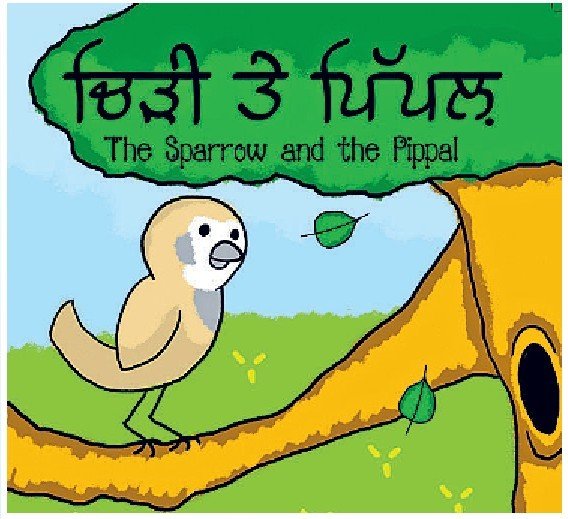 Monday, August 24, 2015: A little over four years ago, Gurmeet Kaur was expecting her second child. Her friend threw an intimate baby shower. Since she loved to read and write, most of the gifts included baby books. And even before her daughter Liv was born, she had a collection of a hundred odd children's books. Monday, August 24, 2015: A little over four years ago, Gurmeet Kaur was expecting her second child. Her friend threw an intimate baby shower. Since she loved to read and write, most of the gifts included baby books. And even before her daughter Liv was born, she had a collection of a hundred odd children's books.
But amid that world of books, Gurmeet - who is publisher of children's books - kept searching for some thing that had her soul. "None of the books were in Ma Boli - my mother tongue Punjabi," she says.
She knew that if she wanted her kids to bond with her language, they needed to be fed that as kids. Her hunt for Punjabi books led her to many disappointments. She couldn't find even one Punjabi equivalent of the English hooks she owned. 'That is what led to the collection of five illustrative Punjabi folk tale board books for kids she recently came out with.
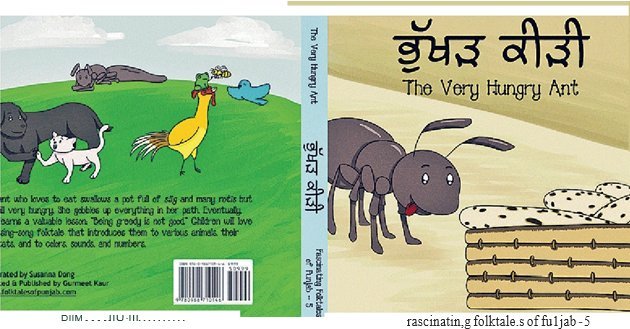
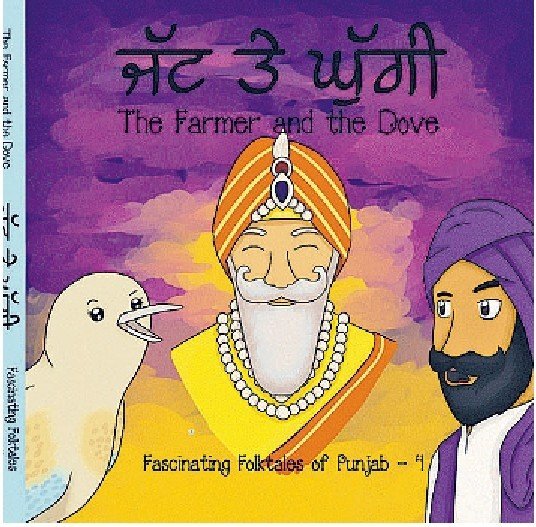
"These stories
have a lot of
dimensions that
children can relate to
in their daily lives
Gurmeet Kaur US-BASED PUBLISHER
KEEPING THE FOLK ALIVE
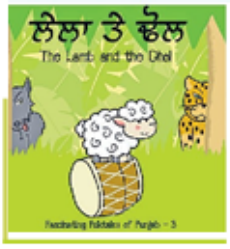  y job is to attract children to these books. If they don't fall in love with them; I have failed. The moral lesson is hidden in layers of fun, illustrations, and the beat of the language. But it is unearthed for sure. Complex life lessons such as patience and persistence, need for strategy, courage and hard work, freedom and slavery, greed and sustainment are revealed without even knowing those words. y job is to attract children to these books. If they don't fall in love with them; I have failed. The moral lesson is hidden in layers of fun, illustrations, and the beat of the language. But it is unearthed for sure. Complex life lessons such as patience and persistence, need for strategy, courage and hard work, freedom and slavery, greed and sustainment are revealed without even knowing those words.
Here's more on the unique project
What kind of research went into documentation of these folktales?
A lot of tough research. I wanted these tales to be authentically Punjabi, not tales from other cultures retold or translated in Punjabi. I wanted the sounds and the senses to make a child, parent or a grandparent travel to the Punjab of yesteryears. I wanted these books to have an essence and fragrance of my beautiful mother tongue. My first tale is that of the "Chiree tey Pippal" that I had known for ever, and told my older child when he was a baby. It instantly became my daughter's favorite too. It had the rhythm and the rhyme.The problem was finding more of them. I looked over my limited stash of children's Punjabi books and didn't find much. So I had to dig these out from old book shops in Punjab or from whatever literary source I could connect to. Amazingly enough, in search of some out-of-print books
I contacted one of the few living authors who did a lot of field work in in collecting folktales of Punjab (including Sukhdev Madpuri) and even he didn't have a copy of some of his hooks to spare for me. It was hard for him to understand why I cared to have them.
 Are these necessarily folk tales for kids or have you adapted them for young ones? Are these necessarily folk tales for kids or have you adapted them for young ones?
The ones I have documented in the last four years(my first five board books) speak to children of 0-6 years of age more or less. The next set I am working on, I am increasing the level to 5-10 years. My daughter gives me a good test bed for selecting the stories. Now, I have a collection of hundreds of tales and we go over them together. The ones that speak to her; the ones which have morals that her age group can relate to; are the ones I go for. I do retell them to make them more relatable and enriching both from the visual and literary perspectives.
What is the tone of the stories?
To a child these books are nothing more than fun. My job is to attract children to these books. If they don't fall in love with them; I have failed. The moral lesson is hidden in layers of fun, illustrations, and the beat of the language. But it is unearthed for sure. Complex life lessons such as patience and persistence, need for strategy, courage and hard work, freedom and slavery, greed and sustainment are revealed without even knowing those words.

At what tangent do stories connect with the young generation?
These stories have lots of dimensions that children can relate to in their daily lives. The beautiful illustrations make the children come to them. The flora and the fauna, the interaction of animals and humans, problems and the solutions visualized right in front of them. But what really stands apart and makes these stories gel for the little ones is that these tales are clever-they make them think. They stroke their imagination. The endings take them by surprise. They are left smiling.
What are the kind of emotions that the books could evoke?
Children have extreme sense of empathy. They imagine themselves as characters in the books they get into. All of my books take them through a visual landscape of Punjab. Since I am an environmentalist at heart, each story features a native tree from Punjab. | 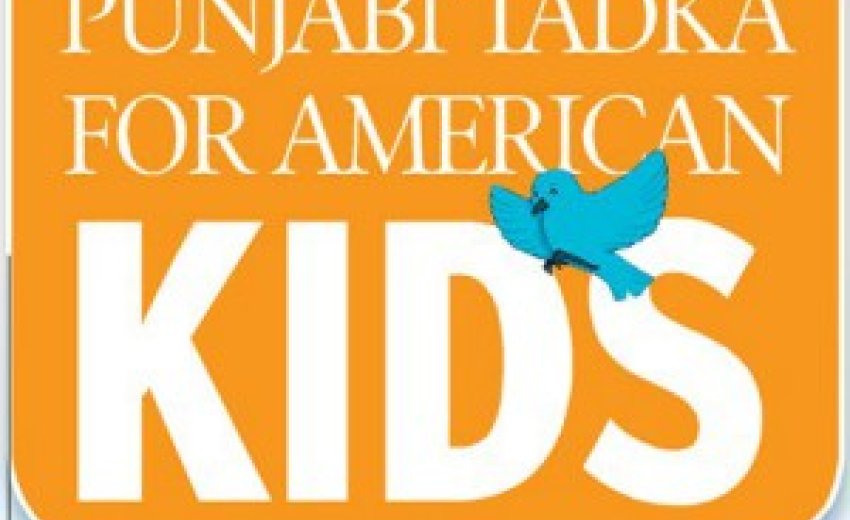
 US-Based Publisher Of
US-Based Publisher Of Monday, August 24, 2015: A little over four years ago, Gurmeet Kaur was expecting her second child. Her friend threw an intimate baby shower. Since she loved to read and write, most of the gifts included baby books. And even before her daughter Liv was born, she had a collection of a hundred odd children's books.
Monday, August 24, 2015: A little over four years ago, Gurmeet Kaur was expecting her second child. Her friend threw an intimate baby shower. Since she loved to read and write, most of the gifts included baby books. And even before her daughter Liv was born, she had a collection of a hundred odd children's books.



